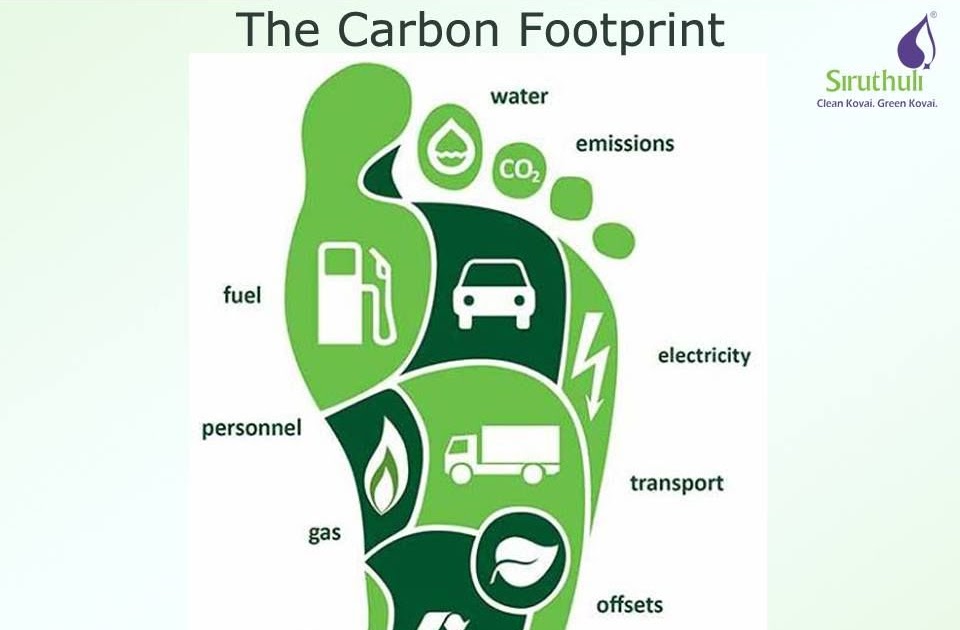9 Nutrition Tips for Reducing Your Carbon Footprint

Understanding the Carbon Footprint of Your Diet
Before diving into the tips, it’s essential to understand what “carbon footprint” means in the context of your diet. Essentially, it refers to the total greenhouse gas emissions caused directly and indirectly by our food choices. This includes every stage of the food’s lifecycle, from production and farming to processing, transportation, storage, and disposal.
Foods vary greatly in their environmental impact. For example, meat and dairy products generally have higher carbon footprints than fruits, vegetables, and grains due to the resources required for livestock farming and the methane emissions from ruminant animals.
Embrace Plant-Based Meals
Why It Matters: Plant-based diets have a lower environmental impact compared to diets high in animal products. Producing plant-based foods typically requires less water, land, and energy and generates fewer greenhouse gases.
How to Implement
Start by incorporating one or two plant-based meals into your week. Explore recipes that use beans, lentils, tofu, and tempeh as protein sources. Experiment with vegetables, whole grains, and nuts. The variety in plant-based cuisine is vast and can be incredibly flavorful and satisfying.
Reduce Meat Consumption, Especially Beef and Lamb
Why It Matter
Livestock farming is one of the largest contributors to greenhouse gas emissions. Beef and lamb have the highest carbon footprints among commonly consumed meats.
How to Implement
Aim to reduce the portion size of meat in your meals or designate certain days of the week as meat-free. When you do consume meat, opt for poultry or pork, which have lower environmental impacts compared to beef and lamb.
Choose Locally Sourced Foods
Why It Matters
Transporting food over long distances contributes significantly to its carbon footprint. Local foods require less transportation, reducing their overall greenhouse gas emissions.
How to Implement
Shop at local farmers’ markets or join a Community Supported Agriculture (CSA) program. Pay attention to food labels and choose products that are grown or produced in your region.
Opt for Seasonal Produce
Why It Matters:
Out-of-season produce often requires more energy for transportation and storage, increasing its carbon footprint. Seasonal produce, on the other hand, is typically grown in conditions that don’t require as much energy input.
How to Implement
Learn about the seasonal fruits and vegetables in your area and plan your meals around them. This not only reduces your carbon footprint but also ensures you are eating fresh and nutritious food.
Limit Processed and Packaged Foods
Why It Matters
The production of processed foods is energy-intensive, and the packaging contributes to waste and pollution. Additionally, these foods often have a higher carbon footprint due to their complex supply chains.
How to Implement
Focus on whole, minimally processed foods. When purchasing packaged foods, look for those with minimal packaging or packaging made from recycled or sustainable materials.
Reduce Food Waste
Why It Matters
Wasted food contributes to climate change, as the resources used to produce, process, transport, and store it are expended in vain. Furthermore, when food waste decomposes in landfills, it produces methane, a potent greenhouse gas.
How to Implement
Plan your meals and buy only what you need. Learn to use leftovers creatively and compost food scraps whenever possible.
Choose Sustainable Seafood
Why It Matters
Overfishing and destructive fishing practices harm marine ecosystems and deplete fish stocks. Sustainable seafood is sourced in ways that protect the environment and ensure the long-term viability of fish populations.
How to Implement
Look for seafood certified by reputable organizations like the Marine Stewardship Council (MSC) or the Aquaculture Stewardship Council (ASC). Use sustainable seafood guides to make informed choices.
Support Organic and Regenerative Farming Practices
Why It Matters
Organic farming limits the use of synthetic pesticides and fertilizers, reducing pollution and soil degradation. Regenerative agriculture goes further, aiming to improve soil health, biodiversity, and the ecosystem.
How to Implement
Purchase organic and regeneratively farmed products when possible. Support farmers and companies that prioritize these practices.
9. Educate Yourself and Spread Awareness
Why It Matters
The more people understand the impact of their food choices on the environment, the greater the collective impact we can make in combating climate change.
How to Implement
Stay informed about sustainable eating and share your knowledge with others. Advocacy and education can drive demand for sustainable products, encouraging more environmentally friendly farming and production practices.
FAQs
Is a plant-based diet the only way to eat sustainably?
No, while plant-based diets are generally more sustainable, you can also adopt a flexitarian approach—reducing meat consumption without eliminating it entirely—to significantly lower your carbon footprint.
Can eating locally always reduce my carbon footprint?
Mostly, yes. However, the overall impact also depends on the methods used in food production. For example, locally produced food that relies heavily on greenhouse heating might have a higher carbon footprint than food produced in a natural climate and shipped a longer distance.
Are organic foods always more sustainable?
Organic farming has environmental benefits, including reduced chemical use. However, the sustainability of organic food also depends on factors like transportation, packaging, and the efficiency of farming practices.
How can I reduce food waste?
Plan your meals, store food properly, understand expiration dates, and use leftovers. Composting is another effective way to manage food waste.
What’s thbe impact of dairy on the environment?
Dairy farming is resource-intensive and contributes to greenhouse gas emissions. Reducing dairy consumption or choosing plant-based alternatives can lower your carbon footprint.
How does seafood affect my carbon footprint?
The impact varies widely among seafood types. Wild-caught fish can have a lower carbon footprint than beef or lamb, but practices like trawling can be destructive. Farmed fish have different impacts based on the farming method.
Can I make a difference by changing my diet?
Absolutely. Individual actions can collectively lead to significant environmental benefits. Making informed, sustainable food choices is a powerful way to contribute to a healthier planet.
Conclusion
Reducing your carbon footprint through dietary choices is a tangible and impactful way to combat climate change. By adopting some or all of the tips provided in this guide, you can contribute to a more sustainable future. Remember, every small change counts, and together, we can make a difference.


